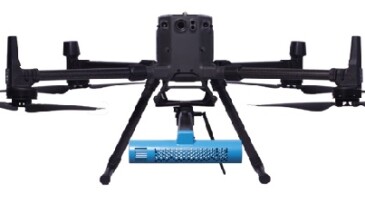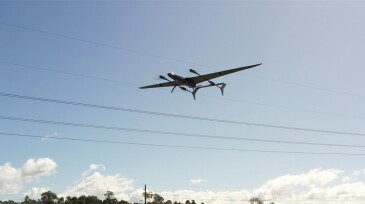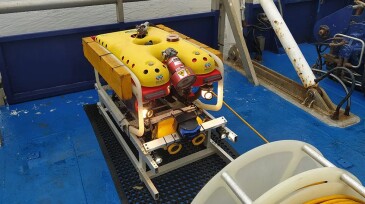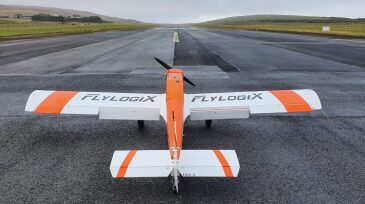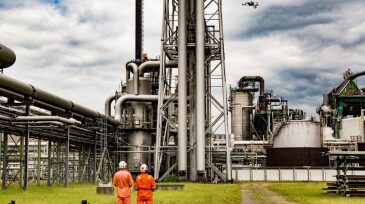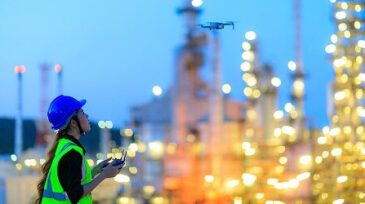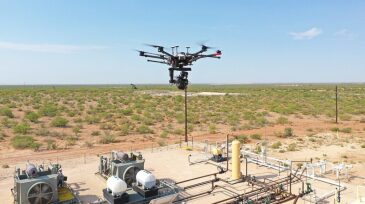drones
-
This case study highlights the effectiveness of unmanned aerial systems in enabling land-based operators to assess the relative seriousness of leaks efficiently by both localizing and quantifying their methane emission rates.
-
Oil and gas companies are betting on the use of drones and robots for leak detection and methane emissions reduction.
-
The data company will use drones supplied by Carbonix to expand its remote data acquisition.
-
Researchers from the Offshore Robotics for Certification of Assets Hub teamed with EDF Renewables to use a modified remotely operated vehicle to conduct what they say is the first autonomous underwater inspection of wind farm foundations.
-
The company uses unmanned aerial vehicles to measure methane offshore.
-
The risk-management firm is teaming up with academia and a robotics specialist for a research project focused on automatic processing of data gathered by autonomous and remote-controlled vehicles.
-
A presentation at the 2020 Offshore Technology Conference Asia described a study of unmanned aerial vehicles operated by off-site pilots based in remote control centers many miles from the facility.
-
Cyberhawk will provide drone inspection, surveying, data visualization services, and inspection reports.
-
Advances in drone technology and construction have allowed more industrial applications to take off. One application for which drones may be particularly useful is health, safety, and environmental compliance. Similarly, drones may help facilities comply with site security regulations.
-
After 2 years of testing, Shell is going all in on using high-flying technology to catch methane leaks to reduce its overall emissions to less than 1%.

